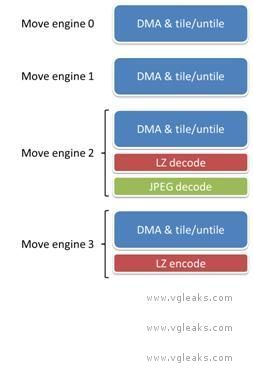From what I gather reading here and there (haven't found a good XB1 summary yet), though MS aren't going with distributed computing as some theorised, they are going with server based game upgrades.
I see asked this back in 2006...
But here we are, for real. What will the end experience be like? How much economical processing power can a server bring to each user? If MS have 300k servers, what sort of processing power will that bring to each user? How do you manage fluctuating workloads? How to devs target jobs for their games on a server-based compute network?
I see asked this back in 2006...
But here we are, for real. What will the end experience be like? How much economical processing power can a server bring to each user? If MS have 300k servers, what sort of processing power will that bring to each user? How do you manage fluctuating workloads? How to devs target jobs for their games on a server-based compute network?

